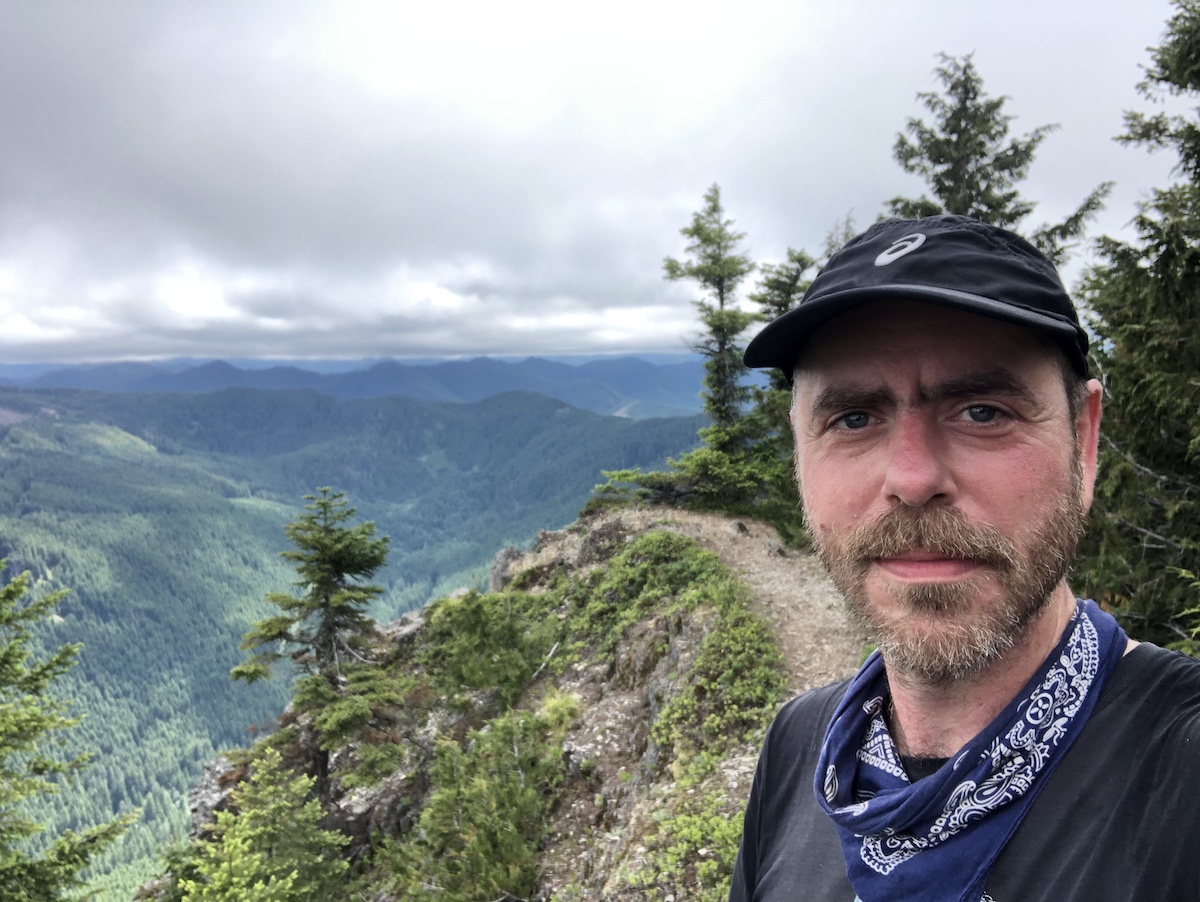Q&A with Vahid Brown
As one of the founders of Hazelnut Grove, the houseless village at N. Interstate and N. Greeley, Vahid Brown knows a thing or two about advocating for Portland’s houseless population. For the past five years, he has worked as the Housing Policy Coordinator for Clackamas County’s Department of Health, Housing & Human Services. Recently, he has transitioned into a role leading the Clackamas implementation team for funds raised by Metro Measure 26-210. The measure, which passed by a sizable margin in May, is expected to raise $250 million a year for homeless services in Clackamas, Multnomah, and Washington counties. “It’s the largest per capita investment in homeless services the U.S. has ever seen,” Brown says.
How long have you lived in Sunnyside? Since the beginning of the year. I was in Raleigh Hills before this and I did not like living in outer Southwest. There were no sidewalks where I lived! No coffee shops! If my partner and I wanted to eat a vegan brunch, we’d come to Southeast.
Do you rent or own? Rent. I have a friend who told me the other side of the duplex he lives in was vacating.
What do you love about Sunnyside—besides the vegan brunches? I love the walkability and the trees. It’s been a balm during COVID to walk so much.
What’s one thing you would love to see change about Sunnyside? I’m already seeing it: making the folks experiencing homelessness more welcome and having their needs better served. I was introduced to the Sunnyside Neighborhood Association’s Community Safety & Livability committee recently and I was happy to see they are working on this.
Many housed Portlanders think that all we need to solve the homeless “problem” are more shelters. Can you explain why this may be shortsighted? While it does make sense to invest in expanding access to shelters, it should be a place where they can be for more than one night and where they can keep their things—a shelter that will allow them to stabilize. While an emergency shelter that’s a night out of the cold is a necessary intervention to save lives, it’s not the be-all-end-all. We also need alternative outdoor shelters and accommodations with community, with friends, and with family. There are some people experiencing homelessness who are seriously traumatized and are choosing their community where they live—people who they trust and feel safe with. They may have a mistrust of government systems and homeless services. A shelter may not seem a safe option to them.
There’s something that we’re missing. If someone gets a long term rental assistance voucher and moves into an apartment, it’s not uncommon that their street community will come over, hang out, use the shower. These are communities. We have to grapple with ways to treat them as communities.

